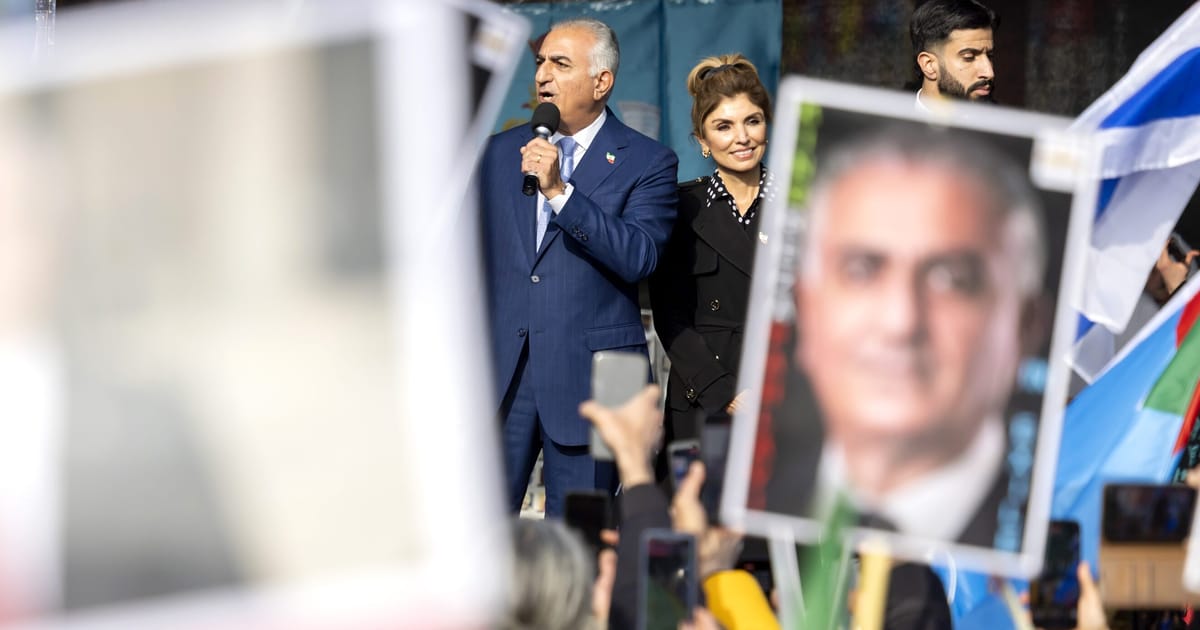

In the midst of escalating tensions and conflict, a calm yet resilient quest for peace emerges as Cambodia and Thailand navigate a complex border dispute. The recent clashes, which have extended into a third day, resulted in the unfortunate loss of 32 lives and displacement of thousands. Yet, even in these challenging circumstances, there is a strong call for peace, with Cambodia seeking an “immediate ceasefire” and both nations showing willingness to engage in dialogue to find lasting solutions.
The border tensions, which have been simmering for weeks, reached a boiling point leading to deadly confrontations between the neighboring Southeast Asian states. The clashes struck several locations, marking one of the most serious encounters along their shared border in over a decade. Amidst the turmoil, both Cambodia and Thailand have accused one another of initiating the hostilities, a reflection of the complexity surrounding the historical and territorial issues at play.
Turning to diplomacy, Cambodia initiated a call for an unconditional ceasefire, seeking to halt the violence and prioritize peace. The proposal, articulated by Cambodia’s ambassador to the United Nations, Chhea Keo, underscores the country’s commitment to peaceful resolution and dialogue. This invitation to return to peace has also been met with cautious approval from Thailand, showing glimpses of a mutual understanding arising from the mutual desire to restore tranquility.
As the region grapples with the repercussions of these events, communities along the border have been greatly affected. Evacuations have been necessary to ensure their safety, highlighting the humanitarian dimension of the conflict and the urgent need for a sustainable resolution to safeguard lives and stability.
International observers and peace advocates remain hopeful that this appeal to diplomacy and dialogue will pave the way for a renewed commitment to constructive talks. By addressing underlying issues through conversation and cooperation, Cambodia and Thailand can set a positive example for regional stability and cooperation.
The broader context of these events is one of hope and perseverance in achieving peace. Even amidst adversity, the steps taken towards dialogue remind us of the inherent capability to forge understanding and friendship, transcending borders and disputes. As both nations move towards peaceful negotiations, there lies the potential not just for resolution of the current dispute but also for fostering a deeper sense of regional unity and cooperation.
In a separate but contextually resonant development, Reza Pahlavi, the exiled Iranian crown prince, emerges as a hopeful figure for change amidst turmoil. Hosting a convention of activists in Munich, Pahlavi seeks to unite voices advocating for democracy in Iran. His efforts, marked by the support of over 50,000 defectors, demonstrate a peaceful pursuit of change, emphasizing the power of collective movement towards democratic ideals.
Pahlavi’s endeavors, rooted in non-violent advocacy, resonate strongly against the backdrop of regional conflicts, highlighting the potential for transformational change through a calm and united approach. As these different yet interlinked narratives unfold, the dawn of peace and democratic engagement offer a beacon of hope, grounding these complex realities in a positive and uplifting trajectory.
Through these intrinsic ties of patience, dialogue, and unity, there is a clear message that even in challenging times, peace and progress are attainable. By embracing communication and cooperation, nations, leaders, and communities can strive for resolutions that not only quell immediate tensions but also sustain long-term harmony and prosperity.
Source: {link}
